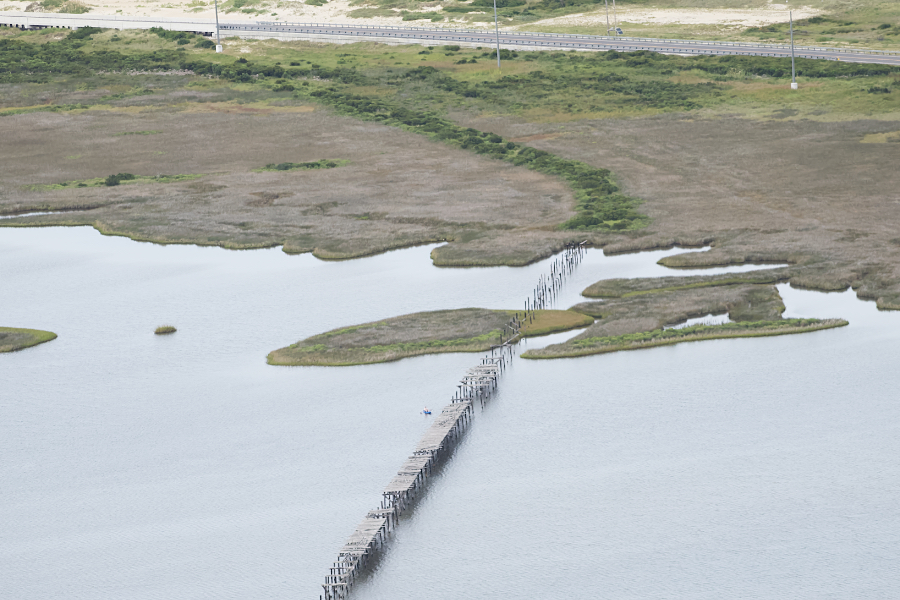Basking in the sunshine on a perfect beach day, it can almost seem as though the Outer Banks is a place that exists only in the present—a perfect getaway location for the whole family. But there is a history here, one of the longest recorded North American histories with the first European settlement in 1585 that became the Lost Colony.
But if we’re going to look at the history of the area, we’re going to take a walk down the more obscure fact of the Outer Banks.
1. The Lost Colony was not the only failed English Outer Banks colony
Hoping to spur colonization of the crown’s North American holding, King Charles II awarded huge swaths of land to five of his most loyal supporters—the Lords Proprietors. One of them was Sir John Colleton, who was awarded approximately everything from Kitty Hawk to South Carolina.
With his ownership of the land in hand, Colleton moved quickly to maximize his investment, sending a Captain John Whittie as his agent to what is now Colington Island.
Arriving in 1663, Whitte brought with him cattle, horses and hogs. The plan was to clear the land, plant corn and tobacco as cash crops and raise livestock. A vineyard was also started with the hope of starting a winery.
Two years later, Colleton sent Sir John Carteret to straighten out the mess.
Carteret looked things over and wrote back to Colleton that Whittie had, “… played the knave, and suffered all our business to go to wrack…”
Carteret was honest but had no better luck, and by 1674, Collington Plantation was deserted.
2. The Richard Etheridge Bridge is not the first to span New Inlet
There’s no inlet flowing beneath the Richard Etheridge Bridge these days, although given how active the New Inlet area of Pea Island is, that could be subject to change at any time.
The Etheridge Bridge is actually the third bridge at the site. After Hurricane Irene reopened the inlet in 2011, NCDOT quickly put a temporary bridge in place.
But even before that, a bridge had spanned the Inlet and the remnants of it can still be seen today from the road. It’s the wooden stick figures in Pamlico Sound just to the west of the bridge.
Built as part of the nation’s CCC funded recovery act from the Great Depression, the wooden bridge was completed in 1935. There was always a sandy road leading to it, so access was limited. When the state built a paved road from Oregon Inlet to Hatteras Village in 1952 the inlet had closed, the bridge was abandoned, and seems to have slipped from memory.
The history of the Outer Banks is a fascinating story. Come and explore for yourself while staying in a Brindley Beach Vacations home.

